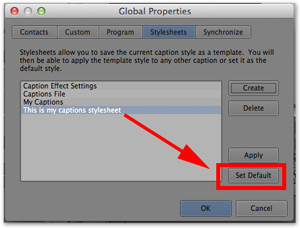

- #Transfer plugins to avid offline editor software#
- #Transfer plugins to avid offline editor professional#
The new media management function allows for easy project consolidation or copying. The interface should come familiar to anyone used to Avid or Final Cut, and copying, moving, transcoding, consolidating, and deleting unused media are all available options. One of the biggest additions in Resolve 12 is the completely new media management system which collects all assets with handles for archiving or exporting to another system. The brand new multicam feature allows you to select from a handful of angles when editing. This mode also enables slipping of individual tracks in case they weren’t synced properly. The multicam clips can also be expanded into their constituent video layers for working in a more traditional, layered approach. The timeline gets chopped up accordingly, leaving the editor to further refine edits from there. Grouped angles are clustered together on the source monitor, and editing together a video is as simple as selecting the appropriate angle when it's needed in the timeline.

The brand new multicam feature in Resolve 12 features a straightforward implementation of working with multiple angles in a project. Once you get how these controls function, editing clips in the timeline is a cinch.Īdjusting multiple clips is a snap in Resolve 12.

Just like other NLEs, the audio can play back along with the video. A dynamic trimming option allows you to use the standard J, K, and L playback keys to scrub for an ideal edit point. This can be performed on multiple clips on the same track as well, which was previously not possible. Multiple clips can also be trimmed at the same time.Īsymmetric trimming allows changing multiple clips in opposite directions from each other simultaneously. The trim tool transforms into a ripple, roll, slip or slide tool depending on where the cursor is positioned over the clip. Context-sensitive trim tools avoid the need to constantly change tools to make a precise edit.
#Transfer plugins to avid offline editor professional#
Several of the tools at the heart of all professional editing systems have been ported to or improved upon with this version, including the familiar overlay that displays options on whether a clip will be inserted, overwritten or fit-to-filled when placed into the timeline.ĭragging a clip to the source monitor functions much the same way as popular NLEs. Many of Resolve 12’s new features revolve around editing, perhaps because the color grading tools are already so sophisticated.
#Transfer plugins to avid offline editor software#
Its aim is to position the software as a full-fledged editing platform that competes with Premiere, Avid, and Final Cut. Having primarily focused on color grading for over two decades, the DaVinci team is now switching gears to develop and push Resolve’s editing capabilities. A change in the Clip Gain Line will and change in the Volume Line will not.Resolve is one of the leading color grading platforms, especially among indie filmmakers who can’t afford a Baselight, Pablo, or Quantel system. That means any Volume Line changes on the track will not affect the signal going into the inserted plug-ins. You need to bus to an Aux Track because any Volume Line changes are Post Fader and any plug-ins inserted on an Audio Track are Pre Fader. It's saved me grief any number of times and hard drive space is cheap.Īnd, if the final product is going to be a stereo file, place a mono-stereo plug-in on the Audio Track to change its output to Stereo, make that plug-in Inactive (NOT Bypassed) and use a Stereo Aux Track and stereo plug-ins there. That way you have all the edits available if/when you need them. If you really must Normalize - personally I don't - then do that as an AudioSuite plug-in on the audio track's clips.Īnother suggestion is to do all your editing, apply fades and fixes etc., then copy the clips and consolidate the copy and work with that when/if you Normalize and do your final Clip Gain/Volume Line fixes. Bus the Audio Track to an Aux Track, insert your plug-ins there - they will be real-time rather than AudioSuite - adjust settings in plug-ins to taste and adjust volume on the Audio Track so you have the level you want without the signal clipping anywhere through the plug-in chain or at output - then Bounce out to a file using Off-Line Bounce.


 0 kommentar(er)
0 kommentar(er)
